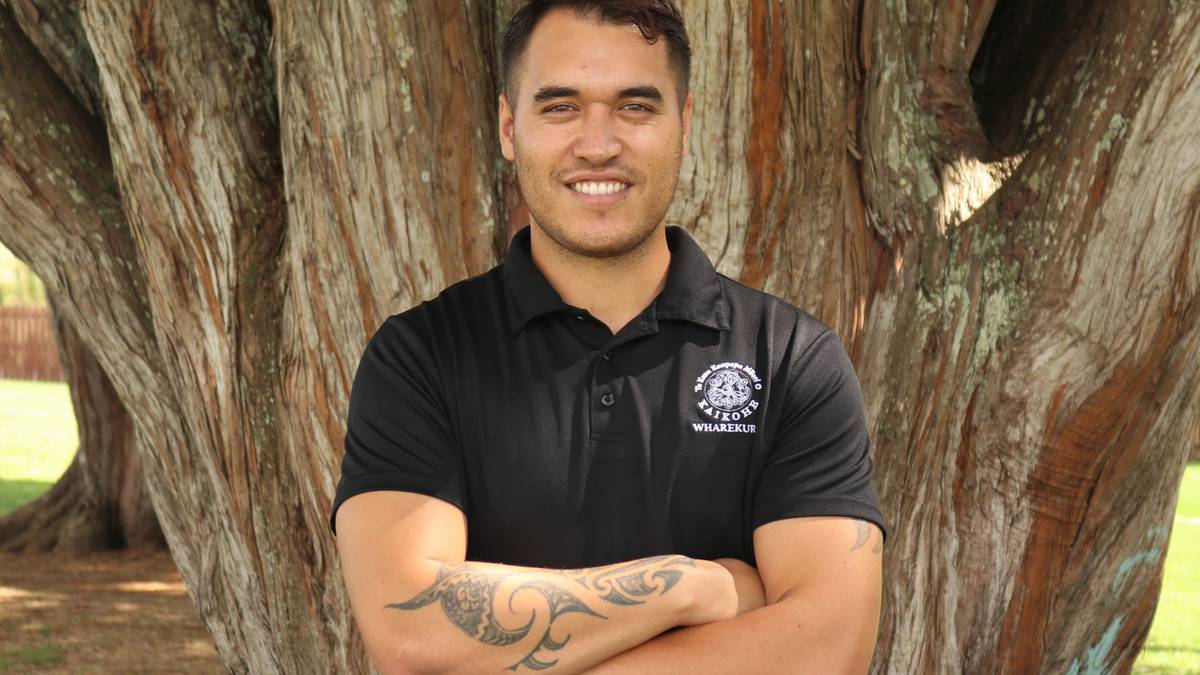Far North kahika (mayor) Moko Tepania. Photo / Peter de Graaf
By Susan Botting – Local Democracy Reporter for Northland
Local democracy in the lives of more than 200,000 Northlanders is set to radically alter as the Government pushes for the biggest changes to local government in 30 years.
The future of Northland’s four councils and more than 1000 council staff was cast into the spotlight on Friday after the Government released a 250-page draft report on its review into the future of local government.
The report’s release comes on the same date that 187 years ago saw Northland Māori sign He Whakaputanga i te Rangatiratanga o Nu Tirene (the Declaration of Independence).
/cloudfront-ap-southeast-2.images.arcpublishing.com/nzme/NNP2P44QGGQWALD7UDXRSHEUH4.jpg)
Review panel chairperson Jim Palmer said amalgamation was among the options put forward in the report.
Councils would need to be of a size big enough to sustain local government into the future and economies of scale would be beneficial, he said.
Palmer said “some aggregation” of councils made sense.
A way of doing this was a unitary authority, combining the functions of district and regional councils.
Palmer said in the case of setting up a unitary authority, this would potentially apply to councils serving communities of fewer than 70,000 to 100,000 people.
Northland’s 201,500 people are currently served by four councils. The majority of which – 100,500 people – fall under the Whangārei District Council; 73,800 under the Far North District Council (FNDC), and 27,200 under the Kaipara District Council (KDC). The Northland Regional Council (NRC) covers the region’s entire population.
A single unitary authority was proposed for Northland in 2013, but rejected. It was proposed by the Local Government Commission (LGC) after being asked to do so by the FNDC under its then Mayor Wayne Brown the previous year.
The commission decided not to proceed with that proposal in June 2015.
At the time LGC commissioner Brendan Duffy said the commission didn’t believe there was “a sufficient level” of community support for more formal re-organisation options to be concluded successfully at this time.
Palmer said fundamentally different and new ways of thinking and working were now imperative for local government.
“This [current] review provides a significant once-in-a-generation opportunity for us all to reimagine our future and think about how local government should evolve over the next 30 years and beyond,” Palmer said.
None of Northland’s councils would be drawn on whether what the report was pushing for would likely lead to council amalgamation.
When asked for comment the day the report was publicly released Far North kahika [mayor] Moko Tepania said because it was October 28, he was instead focused on commemorating He Whakaputanga i te Rangatiratanga o Nu Tirene (the Declaration of Independence).
A lot was happening locally because of the commemoration, he said, and the local government review report would take time to consider.
The Future for Local Government draft review report includes the need for more prescription around councils needing to give effect to Te Tiriti o Waitangi.
Palmer said it proposes mana whenua appointees sit alongside elected Māori ward councillors.
He said while Māori wards were valuable, mana whenua appointees were a recognition of the special place of Te Tiriti o Waitangi in New Zealand. The appointees allowed for greater involvement of iwi and hapū in local decision making.
Whangārei mayor Vince Cocurullo said his council would take time to consider the implications of the review report, ahead of a national roadshow coming to town on November 21.
“It would be premature for us to assume anything at this point,” Cocurullo said.
Kaipara mayor Craig Jepson said his council as a whole would be considering the report.
An NRC spokesperson said the regional council needed time to absorb the document.
The review panel was set up 18 months ago by Minister of Local Government Nanaia Mahuta.
Friday’s report has 29 draft recommendations and questions for which the government wants public feedback.
■ Local Democracy Reporting is Public Interest Journalism funded through NZ On Air.




